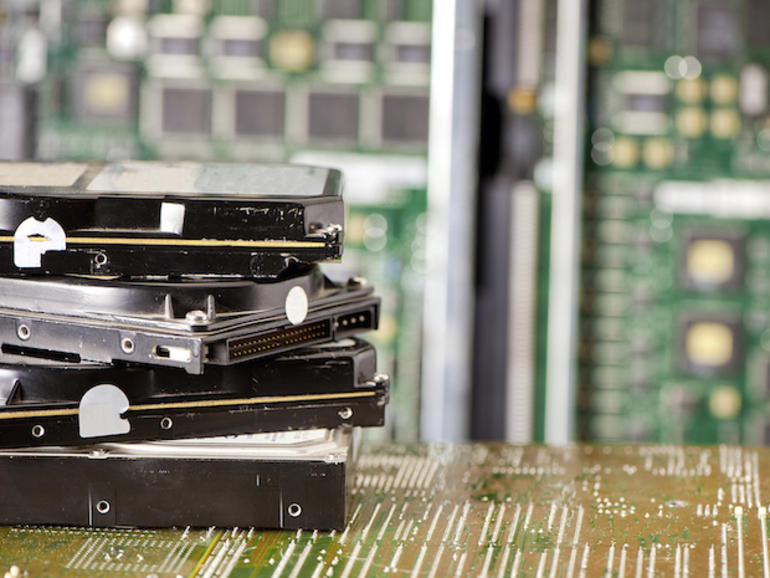The best way to find out which storage drives are the most reliable is to run tens of thousands of them and keep an eye on reliability.
This is exactly what backup specialists Backblaze do. As of the end of June, Backblaze had 181,464 drives in four data centers on two continents. For a number of years now, Backblaze has been reporting on quarterly and lifetime failure rates for its drives, and it offers an interesting insight into drive reliability.
Backblaze measures drive reliability using annualized failure rate (AFR), and the lower the number, the better the drive reliability.
The biggest problem with measuring drive reliability is that you can only do it retrospectively, and the older a drive is, the more unreliable it becomes.
But the data still offers some interesting insights.
Must read: Secret iPhone hardware upgrade Apple doesn’t want you to have
For example, the 6TB Seagate ST6000DX000 drives that Backblaze is using (the company has 886 in operation) have an average age of over 6 years, and yet only one failure over the past year.
In comparison, of the 151,236 14TB Seagate ST14000NM0138 drives installed into Dell storage servers six months ago, 23 have failed, pushing the AFR to a whopping 5.55 percent.
Backblaze is working with Dell to find the cause of the high failure rate.
The average AFR for hard drives for the quarter was 1.01 percent, up from 0.85 percent in Q1 2021 and 0.81 percent one year ago in Q2 2020.
Crunching the numbers on SSDs needs to be more cautious since Backblace has fewer of them, and they are younger. However, when Backblaze ran a control using the same drive models, the same average drive age, and a similar number of drive days, the failure rate for hard drives was almost double that of solid-state drives, 1.54 percent and 0.79 percent, respectively.
Backblaze plans to track what the failure rate of solid-state drives is as they age.
